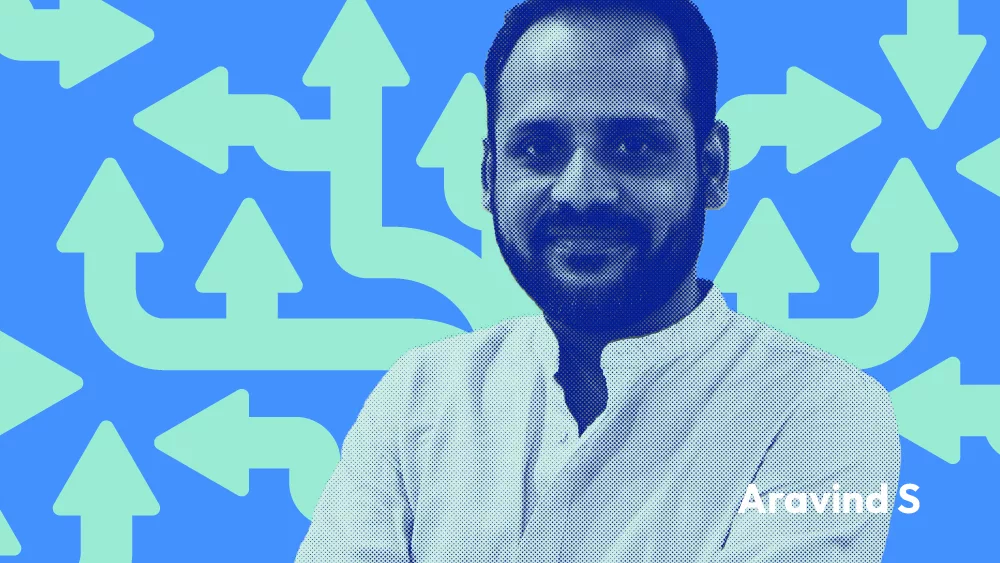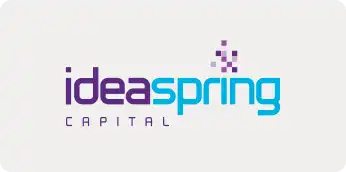New capabilities and opportunities, disruptions and risks, we bring you insights and experiences from GenAI experts and first movers into ai.SaaS to help you understand what’s changing and reimagine your road ahead.
Every enterprise team has knowledge in different forms. It may be in policies, processes, and checklists. Or in documentation of the team’s experiences. Typically, this knowledge is shared with new team members to bring them up to speed quickly.
Now, imagine the new team member is an AI entity. How do we share knowledge with this team member and train it? “Then we would need to collect and keep our knowledge in a form that suits artificial intelligence,” explains Dilip Ittyera, founder and CEO of CogniSwitch, whose mission is to enable GenAI applications in enterprises.
Big Tech dominates GenAI’s large language models (LLMs), which are expensive to build. But startups are finding symbiotic opportunities to build tools on top of the foundational models.
For example, Indian startup CogniSwitch helps enterprises gather and organize their scattered data in knowledge graphs, using GenAI to automate the process. CogniSwitch APIs in turn feed LLMs from these knowledge graphs to make GenAI applications more focused and less hallucinatory.
“It’s like putting blinkers on a race horse to keep them focused,” says Ittyera.
LLMs are the race horses, trained on vast amounts of internet data to provide intelligent responses to a user’s prompts. But although they are a quantum leap over earlier AI models, they still tend to hallucinate or give erroneous responses because of their wide swathe of training data. More focused inputs for GenAI responses thus become tantamount to putting blinkers on race horses. That’s what CogniSwitch has set out to do for enterprises.
Humans in the loop curate and validate the enterprise data in knowledge graphs. As a result, LLM outputs are grounded on verified knowledge, reducing hallucinations and errors. It combines semantic analysis with deterministic models. “The interplay between LLMs and knowledge graphs creates a dynamic system that evolves and improves over time,” adds Ittyera.
This is where India’s tech talent, with the experience of working with multinational companies, kicks in. It’s well-placed to apply Big Tech’s GenAI models to enterprise use cases.
CogniSwitch offers a free AskYourKG plugin to enable users to organize their information in knowledge graphs, which automatically structure the data inputs with symbols and defined relationships. ChatGPT outputs, when the LLM is fed from a knowledge graph, can then be compared with what you get from natural language information given directly to ChatGPT. “It’s consistently and significantly more reliable when knowledge graphs are used,” says Ittyera.
That’s one use case. Knowledge graphs can similarly enhance intelligent assistants, autonomous agents, and other applications powered by GenAI.
The Transformer
“Our vision is to create a digital twin of enterprise knowledge,” says Ittyera.
This was even before LLMs arrived on the scene. But GenAI presented a far bigger opportunity to use enterprise knowledge graphs.
“Our vision is to create a digital twin of enterprise knowledge,” says Ittyera.
Apart from improving GenAI applications, the big change is in how the knowledge graphs are created. Earlier efforts at automating this also involved natural language processing (NLP) techniques. “But they were definitely not giving you the kind of results you needed to make this whole digital twin good enough,” says Ittyera.
It was with the transformer architecture of LLMs, first developed at Google and then in OpenAI’s GPT, that new possibilities emerged. Three years ago, Ittyera got in touch with OpenAI to use GPT-3, which was ‘invite-only’ at that time.
GenAI has many use cases, from generating marketing content to composing lyrics. But for Ittyera, the big upside was the boost that the improved models gave NLP, which in turn transformed the automation of collecting and organizing enterprise knowledge.
The startup is at an early stage, backed by angels including some of India’s top SaaS founders. Ittyera says its SaaS product has paying customers, including a large professional body, a telecom services company, and an electronic ecommerce player.
Age is no bar in the age of AI
Ittyera is no stranger to AI in his tech career spanning four decades. He dabbled in expert systems in AI’s earlier hype cycle during the late 1980s. The power of these systems was evident to the young AI enthusiast back then, but it got dampened by two challenges.
The first challenge was to efficiently capture knowledge from experts, because this was mostly manual. It’s only now with the advent of transformer architecture and large language models that a dream is turning into reality. A decades-long itch is being scratched. Ittyera could see that combining LLMs with AI-generated knowledge graphs could solve the problem he had run into earlier.
The second challenge came in his attempts to get enterprises to adopt knowledge reuse, during his corporate career as the CTO and chief innovation evangelist for Zensar Technologies. He realized just how difficult it is to break down the resistance towards new ways of doing things.
This challenge remains even now. But the rapid adoption of GenAI applications and improvement of AI models are breaking down barriers. It is dawning on CXOs in diverse fields that there’s no escaping the GenAI revolution and it’s better to get into the game early.
At the same time, Ittyera feels a more fundamental change in mindset will be required in the next phase of AI adoption. This will require humans to think of AI not just as a tool but a collaborator working alongside them.
Such a scenario invokes fears of runaway AI, but there’s no alternative to working with AI systems that become more capable and autonomous by the day. The next challenge will be to effectively contain these systems to gain their benefits while minimizing harmful unintended consequences.
Journey of an AI entrepreneur
Ittyera’s foray into entrepreneurship began when he dropped out of a postgraduate course in mathematics. Both his parents being teachers, he knew an academic career would be inevitable once he completed his PG. So he pretended to be overcome with an ambition to be a chartered accountant in order to drop out of the PG degree course.
“Only a tiny percentage of aspirants clear the CA exam. So I knew it would be no big deal if I flunked in the end,” he quips.
His spurious CA prep gave him precious years to immerse himself in computer science. It was in fact a book exhibition he went to with his dad that got him started. Among the pile of books they took to the sales counter, he hid a book on computers.
Even though it was frowned upon those days, Ittyera launched his own business, a tech services company in Kerala called Integrated Computer Centre, back in 1985. Two of its main customers invested in the company and scaled it.
Ittyera left after five years. A professional career with NIIT, Aptech & Hexaware, a startup in the US, and Zensar followed. He returned to entrepreneurship in 2009 by launching Aikon Labs, whose product helps enterprises improve customer and employee engagement.
CogniSwitch is the GenAI avatar. The startup is an early adopter of LLM models from Big Tech, using them to transform its SaaS product. That’s how minnows swim with the big fish.

























